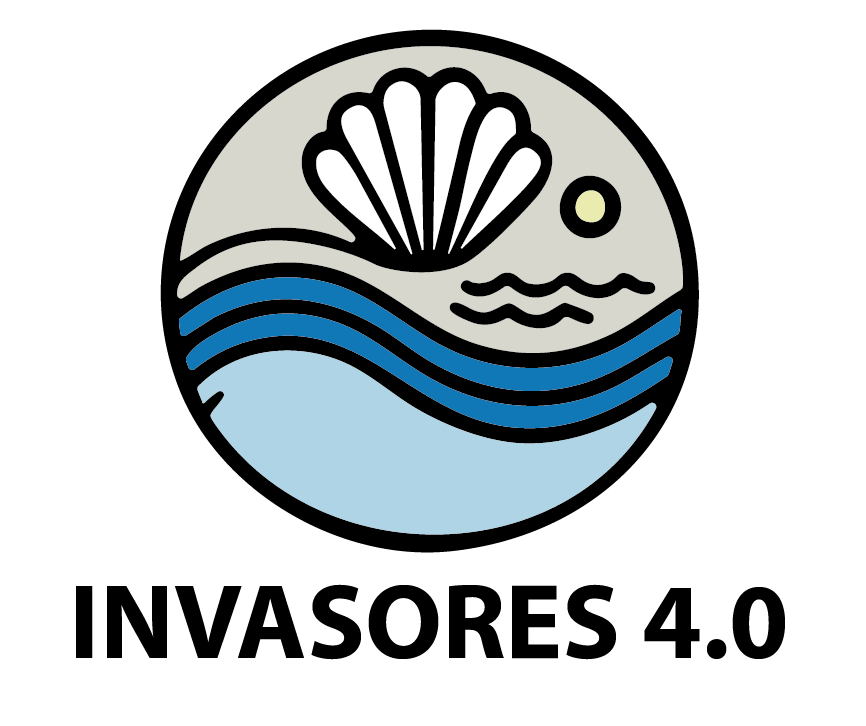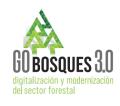
INVASOR-ES Operational Group: Resilience 4.0 of infrastructure and crops against invasive species
- Type Operational group
- Status In progress
- Execution 2024 -2027
- Assigned Budget 585.346,76 €
- Scope Supraautonómico
- Autonomous community Aragón; Cataluña
- Main source of financing CAP 2023-2027
The economic impact of Invasive Alien Species (IAS) on water use is significant and translates into multi-million dollar costs.
The project will provide the different sectors involved with smart monitoring stations that, working in a cloud environment, provide information on the presence of different IAS (Invasive Alien Species) in the analysed waters for early detection in different states: larval or adult. To this end, a database of images will be created with markings of the different IAS that can be detected. In addition, the monitoring stations will be tested using artificial vision so that they are able to adapt to any type of network, different IAS planned and time frame.
It is also intended to develop and test techniques, substances and dosages to combat emerging IAS, including them in the capabilities of the future service. This will be done by incorporating artificial vision into IAS monitoring stations.
This project aims to become a new paradigm for the fight against Invasive Alien Species (IAS) in the hydraulic infrastructure sector (and particularly in irrigation systems). To this end, it is planned to obtain an image database with markings of the different IAS that can be detected, work on tested artificial vision monitoring stations capable of adapting to any type of network, different planned IAS and timeframe, and analyze the technical feasibility of the results and the economic and environmental impact of the technology. The implementation of the proposed solutions could generate savings of approximately €16/ha/year.
Creation of a repository of tagged images for machine vision. Advances in the fight against emerging invasive species. Optimization of the fight against traditional invasive species. Definition of specifications and conceptual design for sampling, perception, and analysis. Design, development, and implementation of machine vision monitoring stations. Field testing of the technologies used.
The project addresses a major national and European problem: the proliferation of Invasive Alien Species (IAS) (the best known being the zebra mussel) in inland waters and their harmful effects on irrigation systems. According to the Spanish Malacological Society, the zebra mussel alone has caused losses of €1.6 billion in the United States.
In Spain, the Ministry of the Environment allocated €300 million to combat the species between 2003 and 2006, allocating an additional €100 million annually to control the zebra mussel invasion. The estimated economic impact on susceptible irrigation systems (sprinkler, drip, and localized irrigation) is approximately €60 million annually. It is worth noting the presence of some "traditional" IAS animals (not riparian plants or algae) that have been persistently present for 23 years and have spread to almost all peninsular basins.
The main traditional IAS are the well-known zebra mussel and the Asian clam. However, the list is now joined by the more recent appearance of other "emerging" invasive species, such as the apple snail, which also originated in the Ebro River and is spreading throughout Spanish basins with known impacts on rice production in the Ebro Delta, or bryozoans, which are already affecting various basins. An invasive species can interact with the environment in various ways when introduced. In the best-case scenario, it adapts to the new environment and eventually achieves relative equilibrium with the preexisting community without significantly altering it. However, these invasions are characterized, among other things, by high growth rates, great adaptability, a strong dispersal capacity, and the absence of natural enemies in the new ecosystem, whether predators or resource competitors, thus spreading rapidly and effectively occupying the territory.
Impacts are classified based on the irrigation method: flooding, sprinkler, and drip. Regardless of the irrigation intake, grids, and gates in canals with different irrigation systems, where sprinkler, drip, or pressure irrigation predominates, the affected facilities include distribution pipes, valves, pressure and lift pumps, filters, and sprinklers. The cost typology associated with the aforementioned impacts primarily refers to increased labor costs for maintenance and operation, as well as inputs for cleaning and removal.
Development of intelligent EEIS concentration monitoring stations to combat traditional and emerging invasive species in irrigation, crops, and other infrastructure, based on scientific, economic, and environmental criteria.
- Image database with marking of the different ISS that can be detected.
- Machine vision monitoring stations tested and capable of adapting to any type of network, different planned EEIs and time frame.
- Analyze the technical feasibility of the results and the economic and environmental impact of the technology
- Name of coordinator/entity: Catalan Association for Innovation and Internationalization of the Water Sector (CWP)
- Postal address: Carrer Emili Grahit 101, Edifici H2O Parc Científic i Tecnològic UdG, 17003 Girona (Spain)
- Coordinator/entity email: lucia.gusmaroli@cwp.cat
- Telephone: (+34) 972 18 33 38
The project aims to increase dosing efficiency by using products that are more environmentally friendly and environmentally friendly, optimizing dosing quantities and timings, and synchronizing them with network use (irrigation campaigns and specific irrigation times). To this end, a technical feasibility analysis will be conducted to evaluate the results and the technology's economic and environmental impact. Careful dosing of chemicals can reduce IAS control costs by up to 80% and keep networks cleaner. Implementation of the proposed solutions could generate savings of approximately €16/ha/year.
- Asociación Catalana para la Innovación y la Internacionalización del Sector del Agua (CWP)
- Asociación Catalana para la Innovación y la Internacionalización del Sector del Agua (CWP)
- Velaber
- Aigües Segarra Garrigues
- Comunidad de regantes Campés
- Fundació Eurecat
- Koan Irrigation
- ASAI Industrial
- UPA






